
The other day I was involved in an informal exercise with a broadcast executive about some of the most dynamic personalities working in commercial radio in the U.S. We eliminated the syndicated shows, hoping instead to make a list of great talent representing hometown stations in local communities. While we had no trouble populating a nice list of great hosts and shows working in mornings, middays, and afternoons, the question turned to why there are so few memorable jocks working in the nighttime hours.
It’s a short list. And the reason is a simple one. Most broadcasters in a wide variety of markets have essentially given up on nights. There’s no other way to say it. Years ago, it became evident to sales management that most advertisers simply aren’t interested in the traditional 7pm-midnight daypart. And even though these five hours are a key statistical component in the 6am-midnight standard ratings scorecard, many broadcasters have simply conceded nearly 30% of the day in order to save money.
Some have elected to voicetrack those hours, usually “hosted” by an out-of-town voice, an internal production person, the PD, or maybe even someone from a station across the hall. In most cases, the shows sound pedestrian and undynamic. Sadly, little in the way of resources or effort goes into making these hours sound competitive. And because they’re pre-recorded, there’s almost always no interactivity between the station and whoever’s out there listening – no phones, no social media.
Other stations do even less, electing to segue songs, dropping repetitive production, positioners, and IDs in between. More and more listeners “get” what’s going on when a radio station is in “autopilot” during night, overnights, and oftentimes, throughout the weekends. When radio puts so little into these large expanses of time, why should an audience react with anything more than boredom and ambivalence?
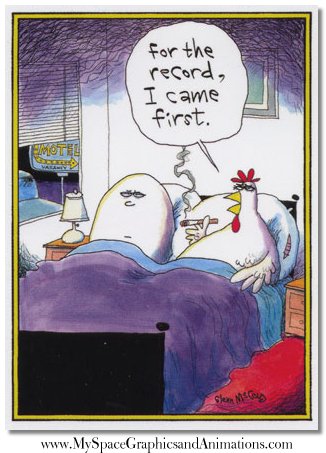 It’s not hard to understand why ratings in these dayparts are erratic at best, mediocre at worst. Radio people will tell you there are few diaries or meters active in their markets at night. And while that may now be true, the chicken-and-egg-of-it is that a less than minimal effort has spawned puny ratings. Add to that the excuse that “we can’t sell nights anyway,” for broadcast radio, it’s a perfect storm of neglect and boredom. There’s no reason to invest in a daypart that generates precious little revenue.
It’s not hard to understand why ratings in these dayparts are erratic at best, mediocre at worst. Radio people will tell you there are few diaries or meters active in their markets at night. And while that may now be true, the chicken-and-egg-of-it is that a less than minimal effort has spawned puny ratings. Add to that the excuse that “we can’t sell nights anyway,” for broadcast radio, it’s a perfect storm of neglect and boredom. There’s no reason to invest in a daypart that generates precious little revenue.
And many in the audience know exactly what’s going on. Sure they’re more apt to watch TV at night, an insidious media pattern that started in the 1950’s and hasn’t abated much in the decades since. And given how bland and “un-present” radio sounds after dark, there’s just no reason to engage with commercial radio at night. (Ironically, in the season we’re in right now, there are entire months where it stays light in many markets well into the 9pm hour.)
Yet, broadcasters could not be bothered with putting in even a minimal effort at night. In markets like the one I live here in the Detroit metro, there are many workers who work non-standard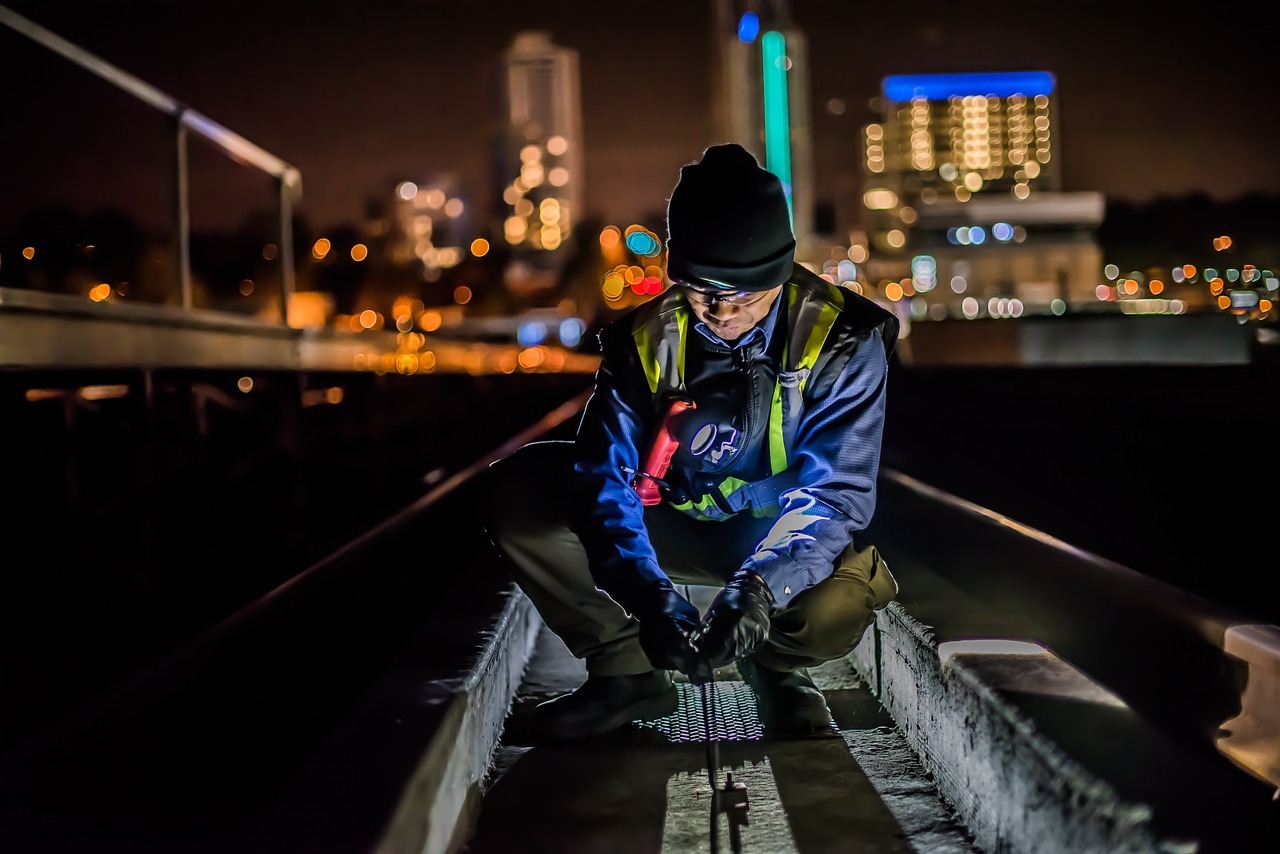 hours. It is hard to find post-COVID data, but some studies suggest one in five American workers have jobs with irregular hours.
hours. It is hard to find post-COVID data, but some studies suggest one in five American workers have jobs with irregular hours.
The “second shift” is usually 3pm-11pm or 5pm-1am – right in the heart of radio’s largely pre-recorded night daypart. And the data also point to evidence it is blue collar workers most likely to work these late shifts – yes, the same types of people who tend to be regular radio listeners.
All this hit home for me over the holiday weekend when I read this comment from loyal JacoBLOG reader Dave Mason. He was responding to a recent post – “In The Age Of Spotify, Can A Song Grow On Us Again?” I raised the idea of great albums where you can listen from Side 1 Cut 1 all the way through, and hear nothing but great songs.
Dave is a 50-year radio veteran who has worked in most formats and made his way around the U.S. before ending up in San Diego and L.A. He enjoyed a successful stint at KRTH, and has spent the last many years fundraising for KPBS, the iconic public media operation in San Diego.
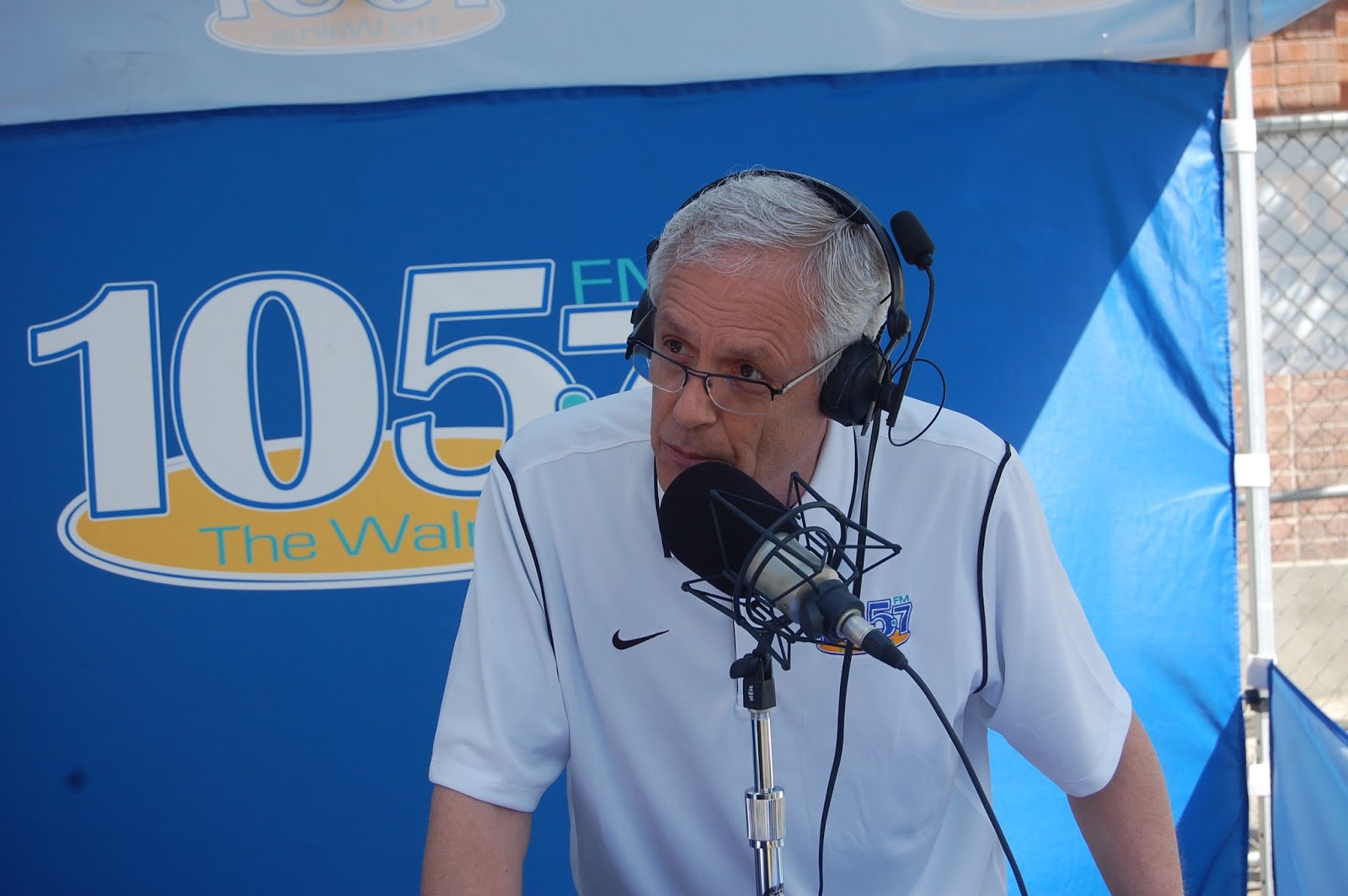
Dave is a frequent responder to the blog, and is especially keen on radio done the right way. And when it comes to radio at night, he and I are on the same page. Apparently, I inspired him with my choice of great albums.
My entry was “The Nightfly” by Donald Fagen, an ode to those night jocks from a nearly forgotten era in radio. Dave got caught up in the romance of amazing personalities who made their names and built their personas during those night time hours And he named names:
“Makes me wonder what happened to ‘The Nightfly”?’ Al Knight”? “The Night Owl”? “The Night Bird”? What happened to the overnight (and in many cases late night) radio person who became friends to the insomniacs looking for a friend? How many movies (starting with “Play Misty For Me”) made a hero out of the late night DJ?
These would be tough to find on your streaming app – but late night radio could rejuvenate the mystery of the faceless voice on the air -and help to find those hidden gems. “Go All The Way” comes to mind. “Black Horse And The Cherry Tree” – (“woo hoo” anyone?) – one radio exec pulled their night jock from a former #1 station – saying ‘no one listens at night’. I contend that no one listens due to the lack of a radio buddy.”
And those DJ companions could make a name for themselves even though they weren’t working what we now refer to as “prime dayparts.” Last month, I blogged about how influential Wolfman Jack was, broadcasting from Mexico on a nighttime signal that could be received in many, many states all over America.
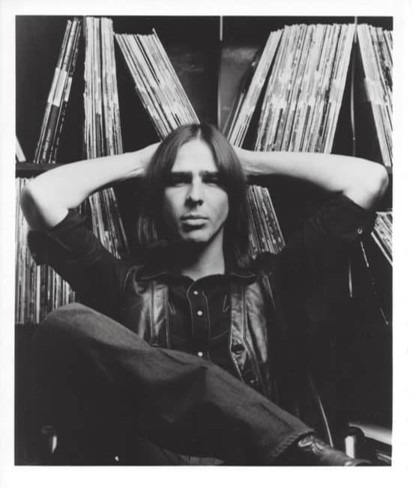
But the Wolfman wasn’t the only night guy that mattered. They worked their magic during those hours when teens cruised the boulevards or procrastinated doing their homework on stations all across the country, from the late, great Dick Biondi and John Records Landecker on WLS to the edgy rock n’ roll from Jim Ladd (pictured) on KMET.
Radio listeners of a certain age would not be hard-pressed to name a night jock they enjoyed listening to, who even inspired them and their musical tastes. Great talent got the chance to make their personalities come alive during the nighttime hours on both AM and FM stations, often carving out a buzzworthy nice and defining unique styles.
And from the program director viewpoint, another positive about having a strong nighttime (or overnight) talent was that it could put some healthy pressure on the daytime team. When there are creative and talented stars on after dark, it sends a not-so-subtle message to those working the daytime hours the station is strongly competitive around the clock.
So in thinking of unique talent during the night hours, I wondered whether any personalities in the modern era could’ve matched up with The Electrifying Mojo on WGPR in Detroit or the “Loveline” show that originated on KRQO, or Alan Almond’s “Pillow Talk” on WNIC, also in Detroit. These stars shined brightest in the 80’s as their home stations realized a broader audience was available after dark, delighting distinctly different audiences at night. They also helped provide a definable difference to their home stations, making those agency calls and rep trips to New York, Chicago, and L.A. more rewarding.
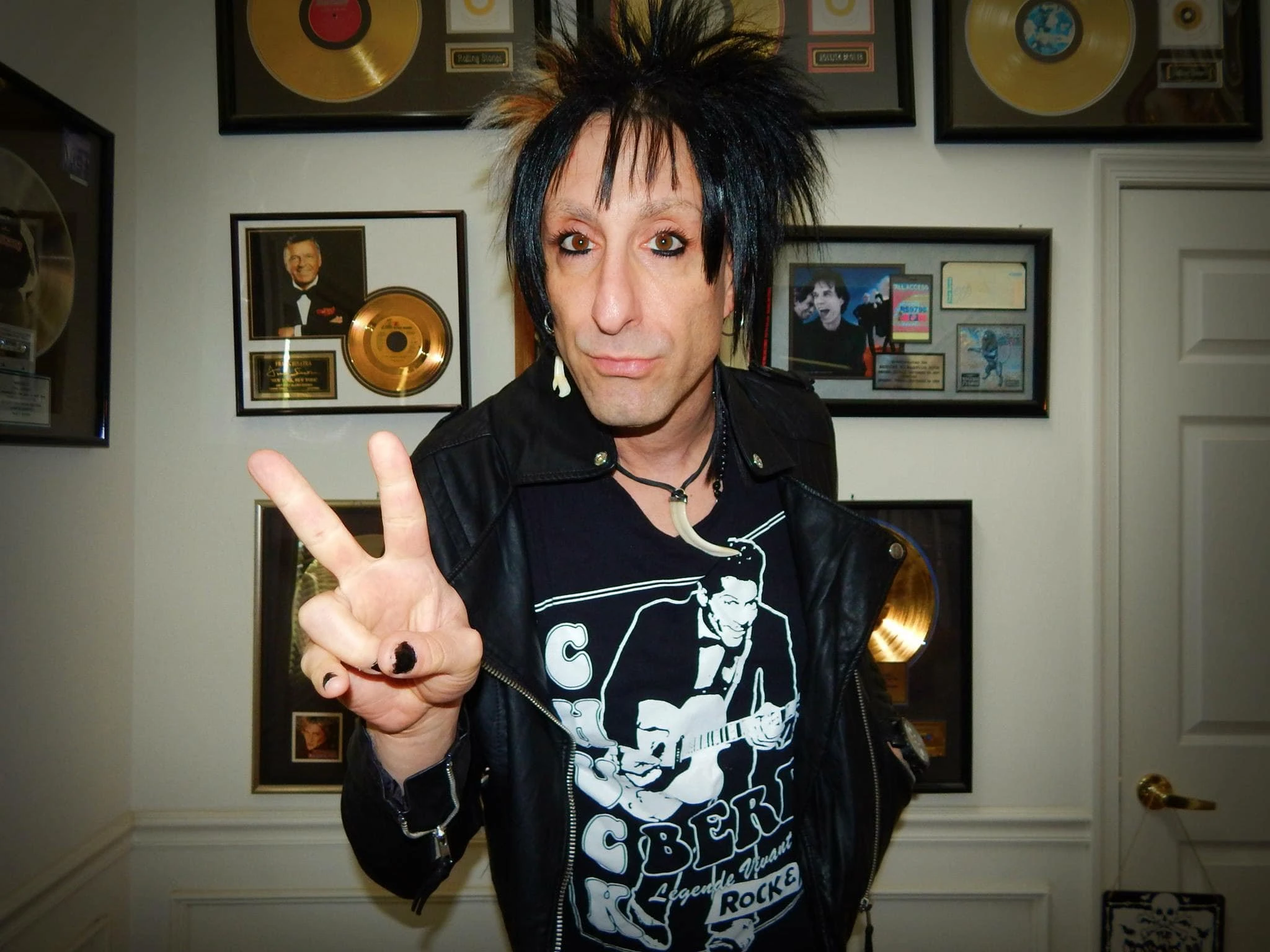
Today, I’m hard-pressed to think of many distinctive nighttime personalities who are carving out a niche with shows that break some rules while displaying a communal charm. The best I can is Jacky Bam Bam (pictured), the night time phenom at WMMR in Philly. A throwback to many of the aforementioned stars of the evening hours, Jacky got his start on MMR in the overnight hours, before taking over the evening daypart a few years ago. Programmer Bill Weston had to talk Jacky into taking 7pm-midnight over his all-night shift where his vampirish following hung on his every word.
Jacky knows his audience, who they are, what makes them tick, and how to connect with him. A Philly native, Jacky participates in Mummer events (IYKYK), and is the real deal. You can check out his “playlist” at night where Philadelphians are liable to hear B.B. King, Maneskin, Elvis Presley, or Blink 182.
Out west, it’s The Shan Man (pictured) on KUPD, Shannon Hernandez, doing nighttime radio proud. Shannon is a long-time podcaster, known to hit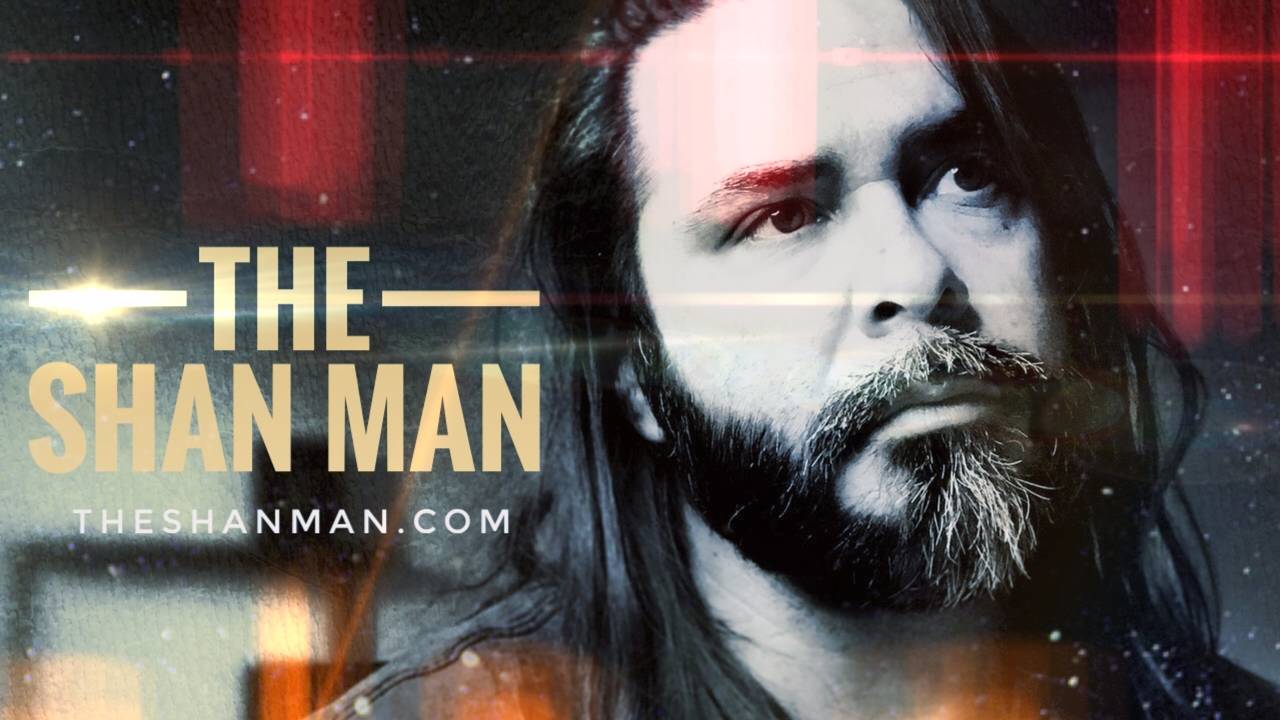 Facebook Live to connect with his Arizonan audience during the stream nighttime hours in the Phoenix metro. The Shan Man is a “precog” on KUPD, somehow knowing precisely what his followers want to hear.
Facebook Live to connect with his Arizonan audience during the stream nighttime hours in the Phoenix metro. The Shan Man is a “precog” on KUPD, somehow knowing precisely what his followers want to hear.
Like Jacky and Shannon, these night shows don’t just provide unique destinations for listeners looking for something, anything to listen to at night that sounds remotely interesting. They work as “lead-ins” for Preston & Steve and Holmberg’s Morning Sickness, the top-rated morning shows on WMMR and KUPD respectively. That’s when the “last station listened to yesterday” becomes “the first station listened to today.” That programming philosophy was adopted by all the greats over the decades back in the 60’s and 70’s. It didn’t just ignite nights – it provided automatic tune-in for morning drive the next day.
While I know you will tell me the names of wonderful night talent I’ve neglected to mention on the commercial radio airwaves, I would submit to you they are few and far between. And yet, while radio struggles to monetize what little night numbers there still are, there is still an audience out there listening – despite the generally poor quality of radio after dark.
What are they hearing when they make a beer run or to pick up a gallon of milk for the kids? The same warmed-over voicetracked radio or something that jumps out of the speakers and demands their attention?
Imagine what would happen if there were a destination station (or two) in most markets. Would listeners flock back to the radio if a compelling talent was behind the mic at night? Would anyone under 30 take notice or are most of them long gone?
The fact is, radio won’t know until it tries. And strangely – despite dwindling radio listening and shrinking sales – few are willing to take risks of any kind.
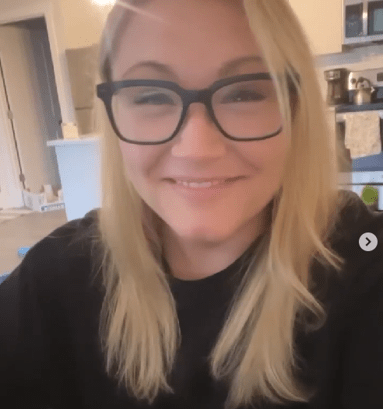
Innovation isn’t just about using AI or starting a Twitch channel. It could be as basic as working the tried-and-true pathway of hiring unique talent and letting them find their voice on the air, and hopefully an audience. After 7pm, how risky is it anyway? If these numbers don’t matter, why not do something that gets radio out of its moldy “cheese room?”
As readers of this blog know, I get excited when I hear about radio experimenting with concepts like Alpha’s “AI Ashley” which I’ve written about extensively. But if you shot me a note or a text telling me about an amazing talent on at night in Spokane, Savannah, or Shreveport, I’d be every bit as excited to check him/her/them out.
This is a niche that broadcast radio could own – or reclaim.
Is the nighttime the right time?
- The Hazards Of Duke - April 11, 2025
- Simply Unpredictable - April 10, 2025
- Flush ‘Em Or Fix ‘Em?What Should Radio Do About Its Aging Brands? - April 9, 2025




There is no substitute for live!
That helps, Bob. But innovative & compelling don’t hurt either.
Fred, one of the things you mentioned was the over night shifts of blue collar workers. One of the best things for radio, in our area, is that these are dedicated listeners due to the fact that most, whether on the assembly line or on the interstate fixing bridges and road ways, they have a radio on. Unfortunately we are one of those radio stations that segues and runs imaging at night and over nights. But even those guys and gals on an assembly line, who make be inundated with the noise of the factory, they still hear the imaging. I worked at a small local station doing weekend overnights and even nights (7-11) on a station and the numbers on that show even beat out the numbers of the morning drive show. So it can happen
George, you bet it can. There’s an audience out there and images are being won – and lost – at 2am. Thanks for commenting.
WICN Public Radio here in beautiful Worcester, MA (NPR affiliate) has specialty shows each weeknight from 7-10 and then 10-midnight. The 7-10p shows have very strong TSLs, thanks to local hosts choosing their own music and loyal audiences that know there are few other places offering curated local shows highlighting Folk (with lots of local performers on regularly), Soul, Bluegrass, Americana, and Latin Jazz. Later shows, 10-mid, include deep dives into Jazz that aren’t heard elsewhere. The ratings and cumes are high for a small station in Market 118 and these shows have become a key part of WICN’s identity over the years–and the quarterly fundraising totals on each show bear this out. Invest in evenings!
Thanks for letting us know, David. Being in public radio is a definite advantage when it comes to having the freedom to create eclectic shows like you have on WICN.
Nighttime is One To One Time. Serving Many. Dick Summer is still the best!
How many of us got our starts in nighttime or overnight shifts? Not only has radio given up on those audiences, its given up on those opportunities to train aspiring talent. Who is going to replace your aging afternoon or morning host? Wouldn’t it be great if radio had a pipeline for talent that gave people actual practical experience? Nights and overnights used to be where stations built their benches. Now we have no bench.
(SFX: a whack in the forehead with an accompanying “DOH!”). Abby, I have that data in our AQ studies, and it gets more dire every year. We have wasted our minor leagues. Thanks for weighing in.
What a great discussion and your article pressed on so many things of importance. But the question not being asked is – how radio must convince younger (under 55) listeners to once again buy a radio for their home/bedroom etc.
I started doing night time radio a long time ago. And had some success with it. When I was PD-ing I always considered evening radio as the second most important daypart.
Now with NYthespirit.com I still do 8 to Midnight ET I still do 8 to Midnight every Friday and Saturday. And the numbers are excellent. And it is totally Free Form. IE – The only song I pick in advance of a show is the first one of the evening. Then I’m jammin’.
I agree with you regarding some of the great talent doing wonderful shows. That’s not the problem. The problem is to get the under 60 demo to buy a radio and actually turn it on.
Just a few thoughts. david
Here is my playlist from last Saturday….
Saturday July 1, 2023
Rob Stuart – A Beautiful Thing
Sigue Sigue Sputnik – Atari Baby (extended remix)
Underworld – Jumbo (Future Shock Worlds Apart Mix)
Depeche Mode – Route 66 (Beatmasters Mix)
Shriekback – All Lined Up
Echo & The Bunnymen – The Cutter
Scissor Sisters – Laura
Dead Milkmen – Instant Club Hit (You’ll Dance To Anything)
Sal Solo – Heartbeat
Fine Young Cannibals – Suspicious Minds (Suspicious Mix)
Romeo Void – Never Say Never
Inspiral Carpets – This Is How It Feels
Roderick Falconer – Play It Again
Isley/Jasper/Isley – Caravan Of Love (extended mix)
Pukka Orchestra – Might As Well Be On Mars
Japan – Gentlemen Take Polaroids
Electronic – Getting Away With It
Jesus & Mary Chain – Head On
Paul Weller & Boy George – You’re The Best Thing
Jefferson Airplane – Wooden Ships
Orchestral Manoeuvres In The Dark – Joan Of Arc
Orchestral Manoeuvres In The Dark – Maid Of Orleans
John Stewart – Daydream Believer
Nik Kershaw – The Riddle (extended)
Jools Holland And His Rhythm & Blues Orchestra – Wish I Knew How It Felt To Be Free
Mark Knopfler – Lights Of Taormina
Martha & The Muffins – Echo Beach (30th Anniversary Version)
Manfred Mann’s Earth Band – Blinded By The Light
Peter Murphy – A Strange Kind Of Love
Paul McCartney, Elton John et al – Hey Jude (live)
Sugarloaf – Green-Eyed Lady
Deep Purple – Smoke On The Water
Benjamin Russell – Miracle 2021 (Rob Stuart’s Spatial Remix)
Arcade Fire – Rebellion (Lies)
Gary Moore – Story Of The Blues
Elton John & Alessandro Safina – Your Song
Bruce Springsteen – Streets Of Philadelphia (remix)
Ian Dury – Clevor Trever
Dr. Hook & the Medicine Show – The Ballad Of Lucy Jordan
George Rondina/Imagination Machine – The Moon
Dr. John feat. Lukas Nelson & Promise Of The Real – I Walk On Guilded Splinters
Ken Nordine – Faces In The Jazzamatazz
Genesis – The Musical Box
Gregorian – Nothing Else Matters
Metallica – Nothing Else Matters
Thermodynamics – Future Noise (Tomorrowland Cut)
Moody Blues – I Know You’re Out There Somewhere
Tanita Tikaram – Twist In My Sobriety
Tanya Tucker – Ready As I’ll Never Be
Willie Nelson – Bird On A Wire
War On Drugs – Thinking Of A Place
Beth Hart – Caught Out In The Rain
Al Stewart – Roads To Moscow
Tony Joe White – Rainy Night In Georgia
Blackmore’s Night – Diamonds and Rust
David Gilmour – Where We Start
David, thanks for a great playlist (I’m especially partial to the Mark Knopfler, Romeo Void, and Ken Nordine. (Does it get any more eclectic than THAT?)
BTW – I mispelled – my last name is Marsden
We know who you are! Thanks for chiming in.
I would think that a station’s format also is a key to any o/n success. While I’m not qualified to speak about music stations, I worked in all-news in Los Angeles for a number of years and we’d record the last two nightside newscasts and replay them throughout the night. We’d splice in different commercials, but otherwise we just alternated those two hours until daylight. But since it was an all-news station, and news happens at all hours, an anchor, a writer and newscast editor always were present, just in case news broke. Then, we’d cut the tape and go live. Sometimes we’d just insert the updated story into one segment of the newscast. It didn’t happen very often, but it was the standard practice there, especially since we had competition across the street that was live 24 hours.
Mitch, because you never know what will happen at 4am.
Great article my friend! My Favorite days on air were 10p-2a on KZFX Z 107.5 and Nights at 1075 the BUZZ. If it weren’t for the fact I had to make a better living I’d never left the “Night”. I always felt like there was just more freedom to experiment and be more relatable to that audience. Fred, you know I grew up listening to great late night radio from Detroit, Lansing and Chicago. It’s what radio was all about for me.
It was also when a great Segue was an art form and really meant something!
It was fun to NOT know what was coming up next and what that segue would be like. Thanks, Brian.
As I told some of my wonderful radio friends recently, it was a 7 – Midnight personality who was likely responsible for my going into radio.
It was Joey Reynolds, circa 1963 on WKBW. As an 11 year old, I was absolutely enthralled by him. I don’t know how I ever got any homework done! His incredible irreverent humor, his energy, his super distinctive laugh, his benchmarks like the Royal Order of the Night People, his crush on Diane Renay (“Navy Blue”), his lexicon including “my amazons and coyotes”…on and on.
Joey’s entertainment was so powerful to me it was irresistible. It was evening personality radio at its best and it made a lifetime impression on this radio geek.
A great tribute to Mr. Reynolds, Nick. I bet most of today’s stars can point to an influential, inspirational DJ who made it happen at night.
Glad we could strike a chord, Fred. What started out as a blog on albums and songs created a whole new path to radio talent, of course the reason many of us were inspired to get into radio. Can’t drive a car without tires. Can’t drink a soda without the container. Can’t…well you know. Radio was once a complete medium with all we needed -and even really good commercials. That’s what inspired me. The rest of your commenters here inspire many other thoughts -and I’m glad we all agree!
When the night time legends mentioned here were on the air, there were 12-34 year olds listening to radio and now there are very few and that number dwindles every year. The older people get, the earlier they tend to go to bed, so putting resources into nights won’t likely bring any return on those resources.
That said, if almost no one is listening at night and it brings very little revenue, why not go crazy and try any/everything there. Radio might discover a way to stay relevant despite its best efforts. Talk stations can do the same thing with weekends, which they’ve completely abandoned to syndicated religion and cheap PI shows.
Fred’s graphs will show that AM/FM still leads the in-car media race. The listener wants radio to win. You can bet they’re twisting that knob to find something relevant – and it’s radio’s job to put it there. NOT syndicated. Not the same old stuff. That’s already there -and your suggestion to put something crazy/outrageous or “new” on the air makes all the sense in the world. (One station here runs “Coast To Coast AM” from 9pm -4am. That’s some segments of the show running 3 times.) Nothing against George, but the repetitive nature of that schedule is crazy. Now you’ve got to find people willing to “follow the FCC rules” -which in many cases they don’t have to do online. That might take paying them a decent wage, something that the current financial situation in radio seemingly won’t allow. Then you’ve got to define “relevant” when it comes to radio. Is the technology (AM/FM) losing relevance ? (Is the boombox relevant?) Is the content (compared to other media) relevant ? We get older everyday, and in the age of 85″TVs, people are watching video content on a 4 -inch phone screen. What’s that say about relevance ?
Thanks for eloquently delivering the message – and inspiring this post.
You inspire all of us. Thanks, Fred.
Your second paragraph, Bob. Thanks for engaging on this one.
For me, over-night radio was romantic. Not in the man/woman sense, but in the voice in the night, crackling through a thunderstorm from hundreds of miles away. As I grew up near Buffalo and got into jazz as a kid, I could pick up WHAM from Rochester and Harry Abraham’s Best of All Possible Worlds jazz show, midnight to 5 am. Harry was the perfect cool jazz DJ, background jazz piano, plenty of pauses, occasional times when an album cut skipped for minutes on end, superb taste in jazz, ability to interview artists in town (and famously get into a feud with Maynard Ferguson). After the network news, Harry would read the local news and sometime in a sweaty summer night (A/C? What A/C?) in 1973 I learned a high school teacher’s husband had died in a car crash. Eventually I met Harry while in college and wrote articles and reviews for his jazz magazine. Like Frank Benny, Harry became infamous for robbing a bank later in life and paid the penalty. But for about a decade, I never went to sleep without listening to Harry on WHAM.
Romantic, intimate – all in the same context, Chuck. And those night jocks forged a unique relationship with their listeners. Thanks for the Harry story, and appreciate you reading the blog.
Mason’s “LiveLine” has been the answer for CHR radio for 3 years now. He is LIVE, exciting, interactive, topical and funny. And the way it is delivered sounds local if executed correctly. We were the 1st proud and “flagship” station on Cape Cod, and happy to report there are now over 20 affiliates across all time zones. This is not meant to be a commercial or plug for this show. I truly believe this is what radio needs right now, as it has brought loyalty back to radio the old fashioned way, one listener at a time.
oops to clarify it’s a NIGHT SHOW lol